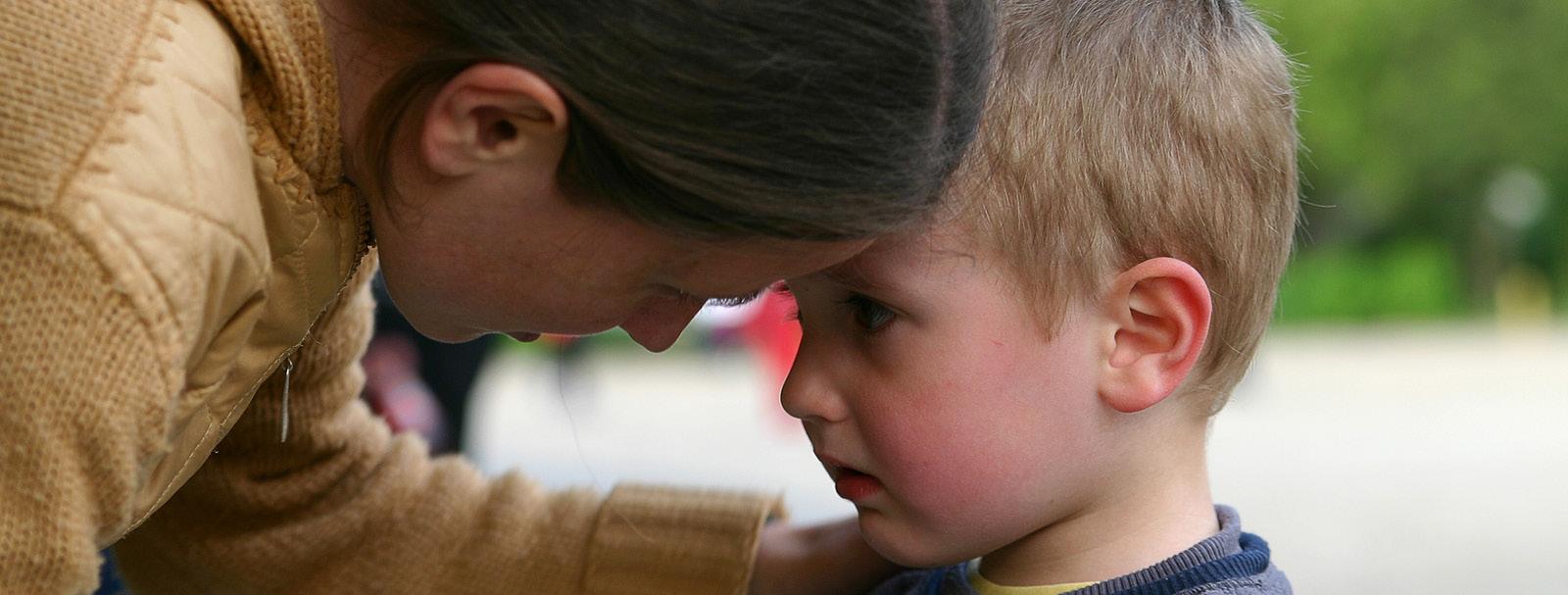
3 minute read
Remember, ‘rushing’ is the enemy of a child who is challenged with transition. All
Supporting your child with transitions
As humans we are all creatures of habit. Even positive changes take energy. Children often find it hard to transition between activities, places and objects of attention.
Advertisement
By Dr Elise Kearney
When you ask your child to stop doing one thing and to start another this can be a trigger for tricky behaviour, tantrums, meltdowns or what we might call ‘Emotional Dysregulation’. ‘Emotional self-regulation’ is the ability to manage emotions and behaviour in line with the demands of any given situation. Emotional Dysregulation can occur when the demands of the situation outstrip the resources or abilities to deal with the task. For example, a tired child may struggle to get ready for bed after a demanding day. Their resources are low due to being tired and it causes them to become more emotional than they might do, for example in the morning after a good night’s sleep.
As with all developmental milestones, children develop at their own pace and ‘emotional self-regulation’ is no different. One of the things that often makes it difficult for children to transition and remain emotionally regulated is that the transition is from a preferred activity (screen time, colouring, playing) to something that they need to do (get dressed, put on shoes, get ready for bed etc). As children get older, they are more able to focus on the ‘end goal’ in a situation and hold their ‘end goal’ in mind.
Children with emotional or developmental challenges may struggle more to develop a consistent level of ‘self-regulation’ in the face of an unpredictable world. When children are faced with more complex challenges, for example, children diagnosed with a Neurodevelopmental Disorder (Autistic Spectrum Disorder, Attention Deficit Hyperactivity Disorder, Developmental Coordination Disorder) or where there are Sensory Processing Difficulties, anxiety based conditions, physical health conditions or where children have experienced trauma, their ‘resource tank’ (e.g. resources enabling the child to be patient, use sense of humour to overcome difficulties, ‘have a go’, try new things, remain calm physically and emotionally and think clearly) may be on a ‘low’ reading a lot of the time. The low ‘resource tank’ may be due to the increased energy to sustain average levels of attention or the level of discomfort situations provoke for them.
It is not just Neurodevelopmental Disorders or other challenges to emotional well-being that affect the level of the ‘resource tank’. As all parents will be familiar, a tired, hungry or poorly child or a child who has experienced a significant change in the family will find transitions more challenging as the resources required to manage the transition outweigh what is left in the tank. Some children seem to just ‘cope better’ and this can be down to a complex number of factors. Children with a full ‘resource tank’ may cope well with, for example, going to football club on Saturday morning, followed by a play date and then the cinema. However, children with a ‘resource tank’ on low, for whatever reason, may get through football and then struggle with the challenge of changing clothes for the play date and feel too exhausted to do anything else. Some children can appear to go from well-regulated to dysregulated instantly a bit like a volcano though other children will appear to simmer and bubble until the lid later blows off. If we look at the situation in a bit more detail, we can sometimes see several clues that led up to the ‘volcano’.
Supporting your child in managing transitions requires you to know the reading on the ‘resource tank’, is it low, medium or high just now? You will know what your child will manage dependent on the ‘resource tank’ level. There are many things that can support a refuel on the ‘resource tank’. We can call this ‘scaffolding’. Scaffolding is a temporary structure around a building to support development. The same applies to child development, you are creating a supportive learning experience around the child. An example of scaffolding might be doing half of a task for a child so that they can complete it successfully. Emotionally based scaffolding might include being careful to support a child’s environment so as not to ‘over-face’ a child (e.g. knowing that Sarah won't manage five after school clubs like Sophie even though they are the same age), making a commentary out loud about how the child might be feeling “I wonder if that made you cross?” This will support your childs understanding and processing of emotions.







